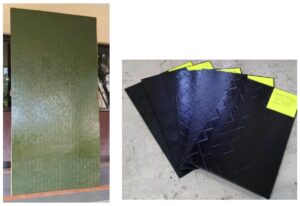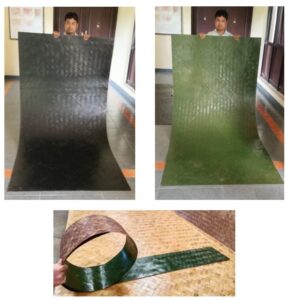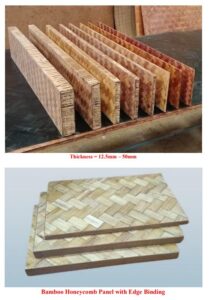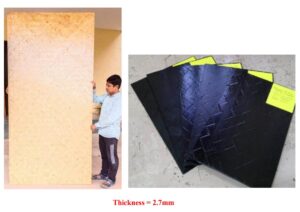1. Introduction
Bamboo resin and chemical derivatives are widely used in adhesives, coatings, composites, and other industrial applications. With the increasing demand for sustainable and bio-based materials, setting up a bamboo resin and chemical processing unit presents a lucrative business opportunity.
2. Market Analysis
2.1 Industry Overview
The global market for bio-based resins and chemicals is growing rapidly, driven by sustainability trends, eco-friendly product requirements, and regulatory support for green materials.
2.2 Target Market
Industrial adhesive manufacturers
Construction and furniture industries
Textile and composite material manufacturers
Paints, coatings, and sealant manufacturers
Export markets (USA, Europe, Middle East, and Asia-Pacific)
2.3 Competitive Advantage
Eco-friendly alternative to synthetic resins
High demand for bio-based chemicals
Abundant raw material availability (bamboo)
Strong government incentives for green manufacturing
3. Project Cost and Investment
3.1 Fixed Capital Investment
| Item | Cost (INR) |
|---|---|
| Land & Building (Rent) | |
| Machinery & Equipment | |
| Chemical Processing Unit | |
| Storage & Packaging Setup | |
| Miscellaneous Expenses | |
| Total Fixed Capital |
3.2 Working Capital (3 Months)
| Item | Cost (INR) |
|---|---|
| Raw Materials (Bamboo) | |
| Labor Wages | |
| Utility Bills | |
| Marketing & Distribution | |
| Logistics & Shipping Costs | |
| Miscellaneous | |
| Total Working Capital |
3.3 Total Investment Requirement
Fixed Capital + Working Capital =
4. Production & Processing Workflow
Bamboo Sourcing – Procuring raw bamboo from sustainable sources.
Extraction Process – Chemical extraction of resin and derivatives.
Refinement & Processing – Purification and stabilization of bamboo resin.
Formulation & Packaging – Blending resins for industrial use and packaging.
Quality Control – Ensuring compliance with industrial standards.
Logistics & Distribution – Export and domestic distribution of finished products.
5. Revenue Model & Profitability
5.1 Expected Sales & Pricing
| Product | Selling Price per Ton (INR) | Monthly Production (Tons) | Monthly Revenue (INR) |
|---|---|---|---|
| Bamboo Resin | |||
| Bamboo Chemical Derivatives | |||
| Total Monthly Revenue |
5.2 Monthly Expenses
| Expense | Cost (INR) |
|---|---|
| Raw Materials | |
| Labor Wages | |
| Utility Bills | |
| Marketing & Distribution | |
| Logistics & Shipping | |
| Maintenance | |
| Miscellaneous | |
| Total Monthly Expenses |
5.3 Monthly Profit Calculation
Revenue – Expenses =
5.4 Annual Profitability
6. Break-Even Analysis
Break-even Point (BEP) = Fixed Costs / Contribution Margin
Fixed Costs =
Contribution Margin = Selling Price – Variable Cost per unit
Assuming an average contribution margin of 50%: BEP =
7. Funding Options
Government Schemes (MSME loans, Green Industry Grants, Startup India initiatives)
Bank Loans & Credit Facilities
Private Investors & Venture Capital
Export Promotion Council Support
8. Sustainability & Future Growth
Development of advanced bamboo-based polymers
Expansion into pharmaceutical and high-performance composite industries
Strengthening global export partnerships
